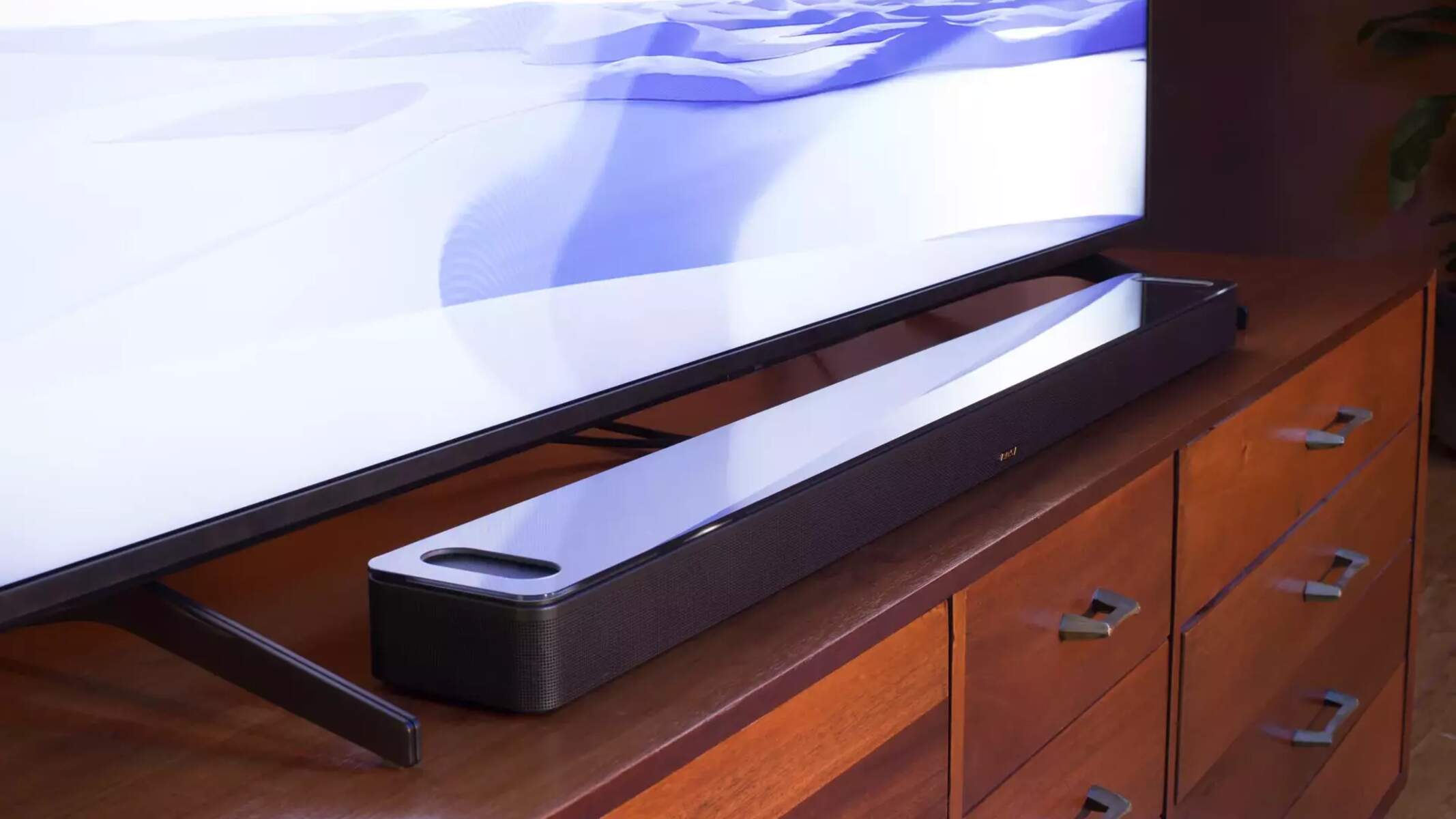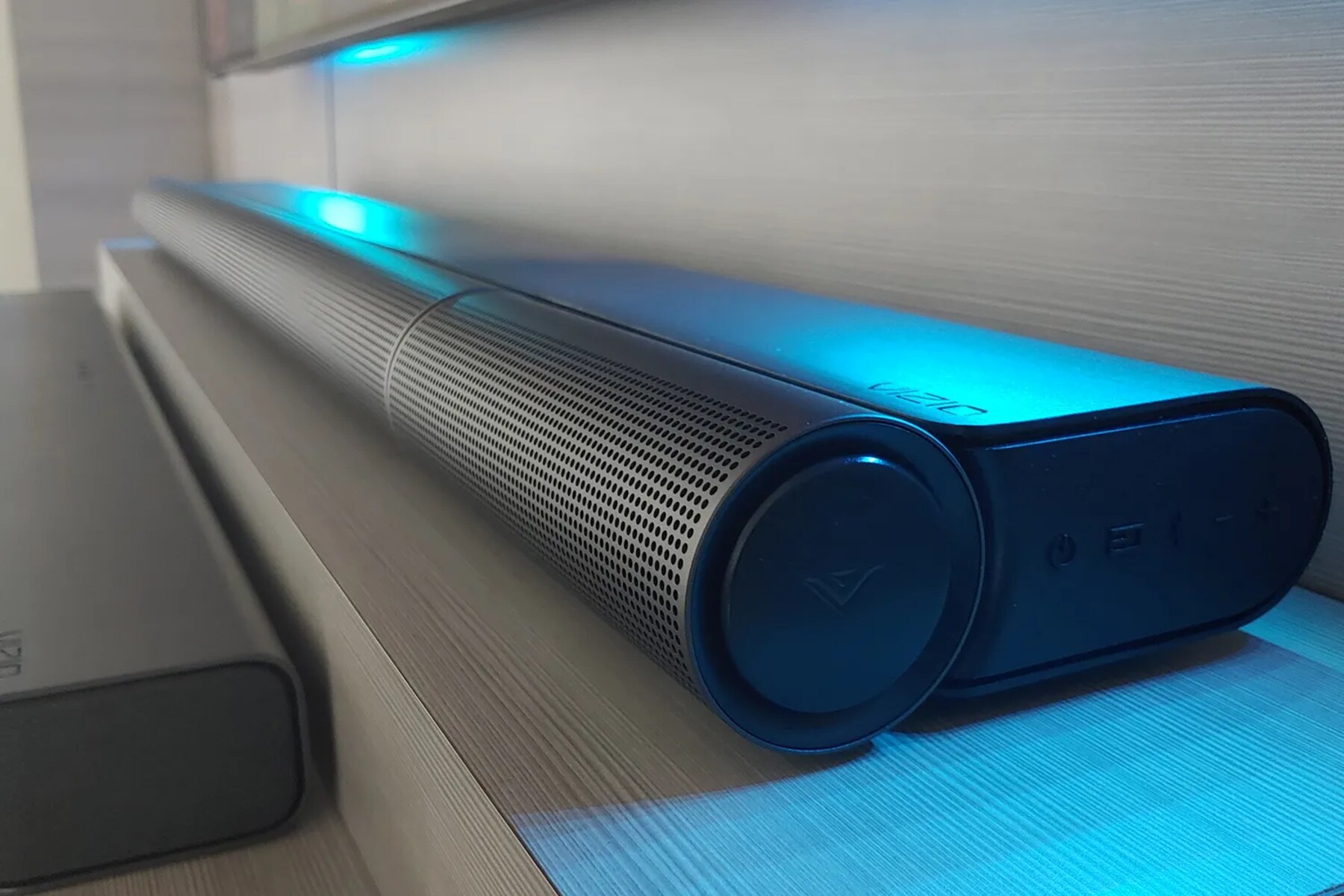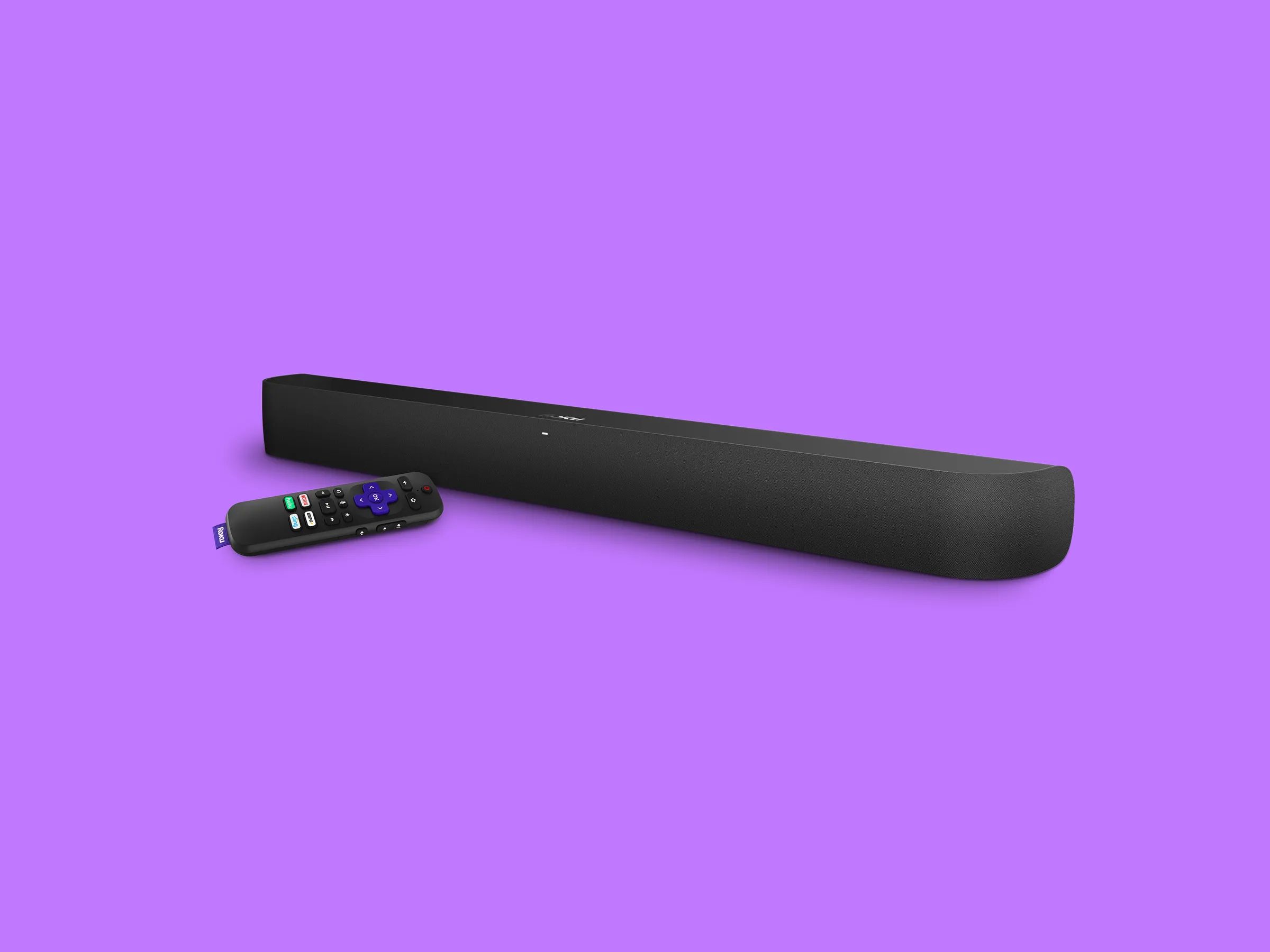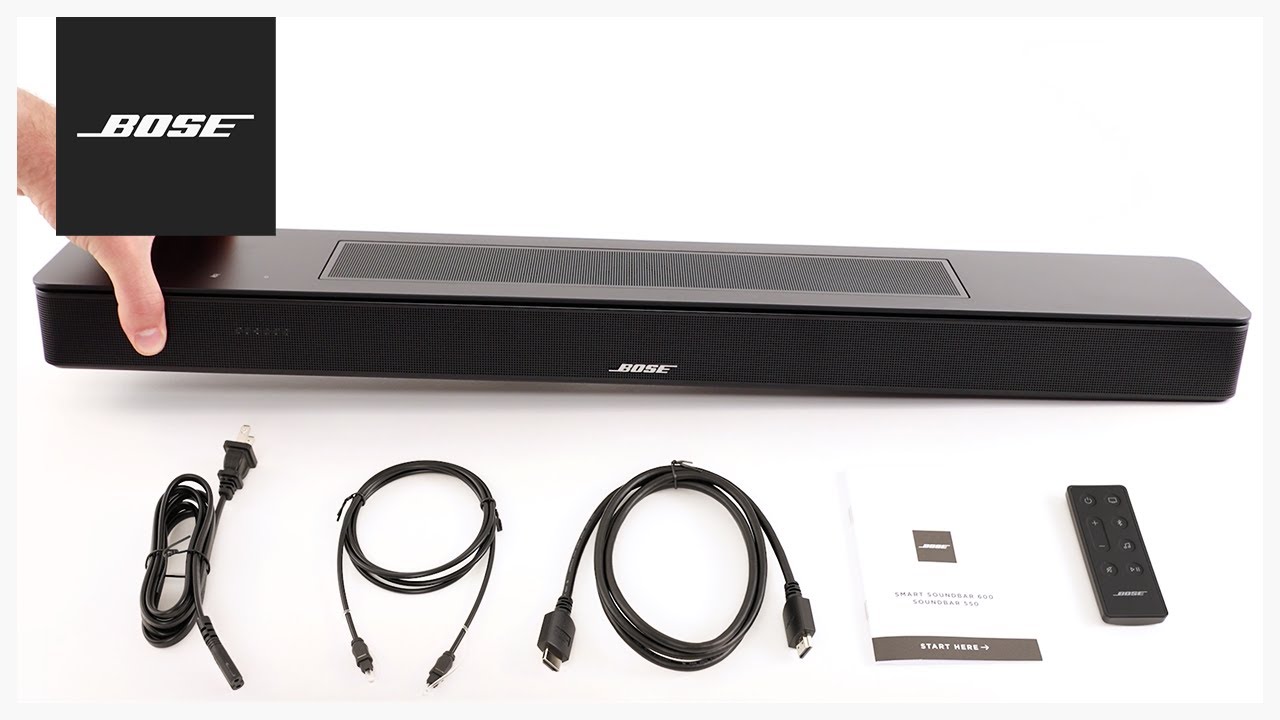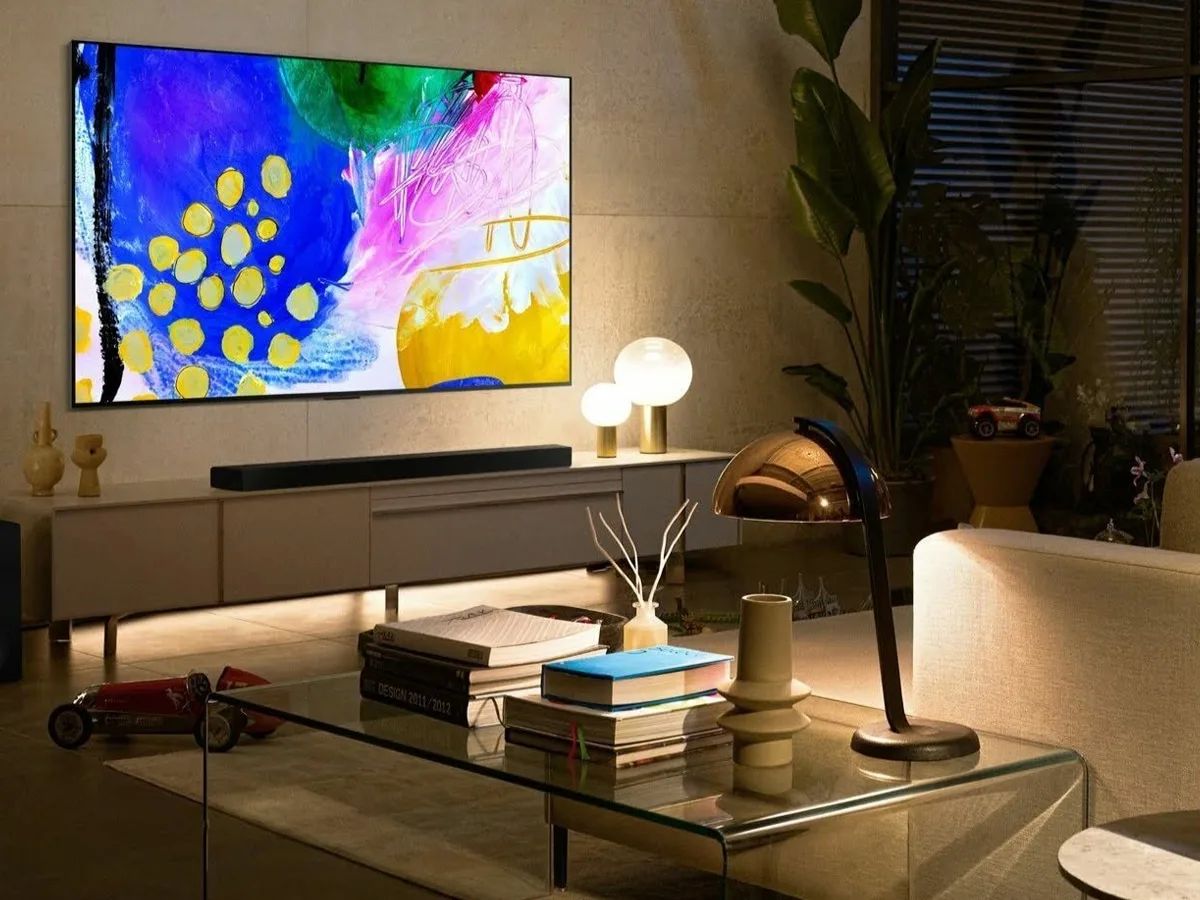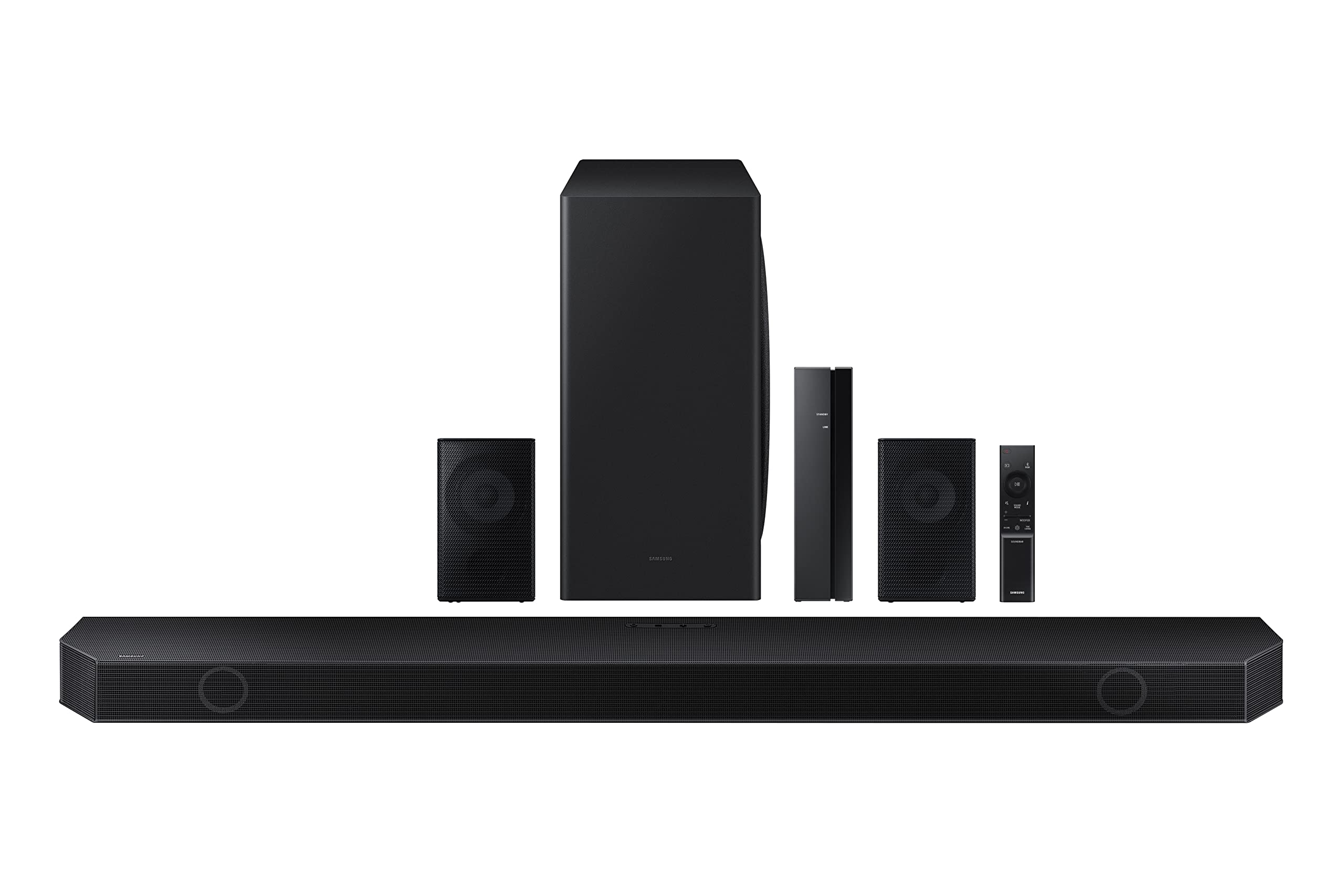Introduction
Welcome to the world of soundbars! If you’re on a quest to enhance your audio experience and immerse yourself in the world of immersive sound, you may find yourself asking, “What soundbar should I get?” With a plethora of options available on the market, choosing the right soundbar can be a daunting task.
Soundbars have become increasingly popular due to their compact design and ability to deliver high-quality audio without the need for multiple speakers and complicated setups. They provide an easy and convenient way to upgrade the audio performance of your TV, home theater, or even your computer.
But with so many different models, brands, and features to choose from, it’s important to understand what factors to consider when selecting the right soundbar for your needs. In this guide, we will explore the key considerations that will help you make an informed decision.
Whether you’re a movie enthusiast seeking a cinematic experience, a gamer looking for immersive sound effects, or a music lover craving crisp and clear audio, selecting the right soundbar can significantly enhance your audio enjoyment. By understanding the different soundbar types, configurations, sound quality, connectivity options, design considerations, and price ranges, you’ll be well-equipped to find the perfect audio companion to meet your unique preferences and requirements.
So, let’s dive into the world of soundbars and explore the factors that will guide you towards making the right decision. Get ready to bring your audio experience to a whole new level!
What is a soundbar?
If you’re new to the world of audio equipment, you might be wondering what exactly a soundbar is. Simply put, a soundbar is a long, slender speaker system that is designed to enhance the audio performance of your TV, home theater, or other audio devices. It is typically placed below or in front of the television and works by projecting sound in a wider range, creating a more immersive audio experience.
Soundbars are a popular alternative to traditional bulky speaker setups because of their sleek and space-saving design. They offer a convenient solution for those who want to improve their audio quality without the hassle of setting up multiple speakers and dealing with tangled wires. With a soundbar, you can achieve excellent sound output in a compact and streamlined package.
Soundbars come in various sizes, shapes, and configurations to suit different needs and preferences. Some soundbars are designed to be mounted on the wall, while others can be placed on a TV stand or tabletop. They can also be wireless or wired, depending on your connectivity preferences.
Another feature of soundbars is the inclusion of multiple speakers within a single unit. This allows for improved audio performance, as it can simulate a surround sound experience, even without additional speakers placed around the room. Soundbars may also incorporate virtual sound technologies, such as Dolby Atmos or DTS:X, which enhance the immersion by creating a three-dimensional sound field.
Overall, a soundbar is a practical and effective solution for upgrading your audio setup without the need for extensive cables, speakers, or complicated installations. Its sleek design, combined with advanced audio technologies, makes it an ideal choice for those looking to enhance their listening experience in a simple and stylish way.
Factors to consider when choosing a soundbar
Choosing the right soundbar involves considering several crucial factors that will ensure you get the best audio experience for your needs and preferences. Here are some key factors to consider:
- Audio needs: Determine your audio requirements. Are you primarily using it for watching movies, gaming, or listening to music? Different soundbars excel in different areas, so it’s essential to choose one that meets your specific needs.
- Soundbar type: There are different types of soundbars available, such as single-unit, multi-channel, and sound bases. Single-unit soundbars are compact and ideal for smaller spaces, while multi-channel soundbars offer a more immersive surround sound experience. Sound bases serve as a platform for your TV and double as a speaker system.
- Connectivity options: Consider the connectivity options offered by the soundbar. Look for HDMI inputs, optical inputs, Bluetooth, or Wi-Fi connectivity, depending on your preference and the devices you want to connect.
- Compatibility: Ensure that the soundbar is compatible with your existing devices, such as your TV, gaming console, or streaming devices. Check for compatibility with audio formats, such as Dolby Digital or DTS, to ensure optimal performance.
- Sound quality: Pay close attention to the sound quality of the soundbar. Look for features like built-in subwoofers, tweeters, or dedicated drivers to ensure clear vocals, rich bass, and immersive sound.
- Design and placement: Consider the design and placement options of the soundbar. It should fit aesthetically with your TV or home theater setup and be easy to install or mount.
- Brand reputation: Research different brands and consider their reputation for manufacturing high-quality soundbars. Read reviews and customer feedback to ensure you are investing in a reliable and reputable brand.
- Price range: Set a budget for your soundbar purchase. Soundbars come in a range of prices, and while more expensive models may offer advanced features, there are affordable options that provide excellent sound quality as well.
By considering these factors before making your purchase, you can ensure that you select a soundbar that meets your audio needs, provides outstanding sound quality, and seamlessly integrates into your home setup. Keeping these considerations in mind will help you make an informed decision and enhance your audio experience for years to come.
Soundbar types and configurations
When choosing a soundbar, it’s important to consider the different types and configurations available. Understanding these options will help you find the perfect fit for your audio needs. Here are the most common types and configurations of soundbars:
- Single-unit soundbars: These soundbars consist of a single enclosure that houses all the necessary speaker drivers and amplification. They are compact and easy to set up, making them a popular choice for smaller spaces or those looking for simplicity. Single-unit soundbars typically offer decent sound quality without the need for additional speakers.
- Multi-channel soundbars: These soundbars include additional speakers and drivers to create a more immersive surround sound experience. They can mimic the effect of multiple speakers placed around the room, delivering precise audio from different directions. Multi-channel soundbars are a great choice for movie enthusiasts or gamers who want a more immersive soundstage.
- Sound bases: Sound bases are soundbars that also serve as a platform for your TV. They are designed to sit directly beneath the television and provide improved audio performance while also acting as a stable base for your TV. Sound bases are a good option if you have limited space or prefer a more integrated look for your home theater setup.
- Modular soundbars: Modular soundbars offer the flexibility to customize your audio system. These systems allow you to add additional speakers or subwoofers to create a personalized setup that suits your preferences. Modular soundbars are ideal for those who want to start with a basic soundbar and expand the system over time.
- Soundbar with subwoofer: Some soundbars come bundled with a separate subwoofer. The subwoofer is responsible for delivering deep and powerful bass, enriching the overall sound experience. Having a separate subwoofer can significantly enhance your audio quality, particularly for movies and music with heavy bass elements.
Each type and configuration has its own advantages and considerations. Single-unit soundbars are convenient and compact, multi-channel soundbars offer a more immersive experience, sound bases provide a sleek and integrated design, modular soundbars offer customization, and soundbars with subwoofers provide enhanced bass response.
Understanding your audio requirements and the available space in your home will help you determine which type and configuration of soundbar is best suited for you. Take the time to assess your needs and explore the options available to make an informed decision that will deliver the best sound experience for your entertainment setup.
Sound quality and immersive features
One of the key considerations when choosing a soundbar is the sound quality it offers. A soundbar should deliver clear, immersive audio that enhances your overall entertainment experience. Here are some factors to consider regarding sound quality and immersive features:
Audio drivers and channels: Soundbars come equipped with different combinations of audio drivers, such as tweeters, mid-range drivers, and subwoofers. The number and quality of drivers determine the soundbar’s ability to reproduce different frequencies accurately. Look for soundbars with multiple drivers to achieve a wider frequency response and balanced sound.
Surround sound technologies: Many soundbars utilize advanced surround sound technologies, such as Dolby Atmos or DTS:X, to create a more immersive audio experience. These technologies use object-based audio to produce three-dimensional sound, making you feel like you’re in the middle of the action. Consider soundbars that support these technologies if you want a more enveloping soundstage.
Bass performance: For deep and impactful bass, look for soundbars that include a dedicated subwoofer or have built-in bass drivers. The bass performance can greatly enhance the overall audio experience, particularly when watching action-packed movies or listening to bass-heavy music genres.
Sound modes and equalizer settings: Some soundbars offer different sound modes or equalizer settings that allow you to tailor the sound to your preferences or the content you’re consuming. Common sound modes include movie, music, and night mode, which optimize the audio output based on the genre or time of day. These features can provide a more customized audio experience.
Dialogue enhancement: Clear and intelligible dialogue is essential for an optimal viewing experience. Look for soundbars with dialogue enhancement features to ensure that voices are crisp and distinct, especially when watching movies or TV shows with heavy dialogue scenes.
Virtual surround sound: Some soundbars are capable of producing virtual surround sound, even without additional rear speakers. Through advanced audio processing algorithms, these soundbars can create a sense of spaciousness and directionality, simulating a surround sound experience. The virtual surround feature can be especially beneficial if you have limited space or do not want to invest in additional speakers.
By considering these sound quality and immersive features, you can select a soundbar that offers exceptional performance and an immersive audio experience. Whether you’re watching movies, playing video games, or enjoying your favorite music, a high-quality soundbar can elevate your entertainment to new heights.
Connectivity options and compatibility
When choosing a soundbar, it is crucial to consider its connectivity options and compatibility with your existing devices. This ensures that you can seamlessly integrate the soundbar into your entertainment setup. Here are some key factors to consider:
Audio inputs: Look for soundbars that offer a variety of audio input options, such as HDMI ARC (Audio Return Channel), optical, coaxial, or analog inputs. HDMI ARC is the preferred choice as it allows you to connect the soundbar to your TV with a single HDMI cable, providing both audio playback and TV control functionality.
Wireless connectivity: Wireless connectivity options, such as Bluetooth and Wi-Fi, can provide added convenience and flexibility. Bluetooth allows you to wirelessly stream audio from your smartphone, tablet, or other Bluetooth-enabled devices directly to the soundbar. Wi-Fi connectivity expands your streaming options, enabling you to access online music streaming services or connect wirelessly to your home network.
Compatibility with audio formats: Check if the soundbar supports popular audio formats such as Dolby Digital, DTS, or AAC. This ensures that the soundbar can decode and reproduce high-quality sound from various content sources, including streaming services, Blu-ray discs, or gaming consoles.
Smart home integration: Consider whether the soundbar is compatible with voice assistants like Amazon Alexa or Google Assistant. This allows you to control the soundbar hands-free and perform various functions, such as adjusting volume or playing specific music tracks using voice commands.
Multi-room audio: If you wish to expand your audio setup across multiple rooms, look for soundbars that offer multi-room audio capabilities. This feature allows you to connect and synchronize multiple speakers or soundbars throughout your home, creating a seamless audio experience in every room.
TV compatibility: Ensure that the soundbar is compatible with your TV. Some soundbars have specific requirements, such as HDMI ARC support or TV brand compatibility. Check the soundbar’s specifications or consult the manufacturer’s guidelines to ensure compatibility and optimal performance.
Mobile app control: Soundbars with dedicated mobile apps provide additional control and customization options. These apps allow you to adjust sound settings, select sound modes, update firmware, and even stream music directly from your mobile device.
Considering the connectivity options and compatibility features of a soundbar is essential to ensure a seamless and hassle-free integration into your entertainment system. By choosing a soundbar with the right connectivity options, you can enjoy easy setup, versatile audio sources, and convenient control options, creating an immersive audio experience tailored to your preferences.
Design and placement considerations
When choosing a soundbar, it’s important to consider the design and placement options that will best suit your home and personal preferences. Here are some key factors to consider:
Size and aesthetics: Look for a soundbar that complements your TV and the overall aesthetics of your living space. Consider the size and design of the soundbar to ensure that it blends seamlessly with your existing setup. Some soundbars are designed to be slim and low-profile, while others have a more prominent and eye-catching design.
Mounting options: Determine whether you prefer to place the soundbar on a TV stand or mount it on the wall. Some soundbars come with mounting brackets, making it easy to attach them to the wall beneath your TV. Others may require additional mounting equipment. Consider the available space and the desired placement to choose a soundbar that offers the appropriate mounting options.
Placement below or in front of the TV: Soundbars are typically placed either below the TV or in front of it on a stand. Consider your TV setup and the available space to determine which placement option works best for you. Placing the soundbar below the TV can help create a more cohesive and integrated audio-visual experience.
Clearance: Ensure that the chosen soundbar has enough clearance to avoid obstructing the TV screen or any other equipment. Be mindful of any cabinets or shelves that the soundbar may need to fit within or sit on top of, and take accurate measurements to ensure a proper fit without any obstructions.
Wired or wireless subwoofer: If the soundbar comes with a separate subwoofer, consider the placement options for the subwoofer as well. A wireless subwoofer provides more flexibility in placement, as it can be positioned anywhere in the room to achieve optimal bass response. A wired subwoofer requires a connection to the soundbar, so you need to consider the length and concealment of the wires.
Interference and room layout: Take into account the layout of your room and potential sources of interference. Avoid placing the soundbar too close to other electronic devices, which can cause interference or distortion. Experiment with different placement options to find the optimal position for the best sound performance.
Symmetry and balance: If you have a TV on a stand, consider the aesthetic balance between the TV and the soundbar. Ensure that the width and height of the soundbar align well with the TV, creating a visually pleasing and symmetrical setup.
Ease of installation and accessibility: Lastly, consider the ease of installation and accessibility. Look for soundbars that come with user-friendly setup instructions and allow easy access to control buttons or remote control without any obstructions. This ensures that you can quickly and effortlessly adjust settings or change inputs.
Considering these design and placement considerations will help you select a soundbar that not only delivers excellent audio performance but also seamlessly integrates into your existing setup, enhancing both the audio experience and the visual appeal of your entertainment area.
Brand and price considerations
When it comes to choosing a soundbar, considering the brand and price is an essential part of making an informed decision. Here are some important factors to consider regarding brand and price:
Brand reputation: Research different brands and consider their reputation for manufacturing high-quality soundbars. Established brands often have a history of producing reliable and innovative audio products. Reading customer reviews and feedback can provide valuable insights into the brand’s performance and customer satisfaction.
Product warranty: Check the warranty offered by the brand. A longer warranty period can provide peace of mind and protection against any manufacturing defects or performance issues that may arise. Be sure to review the warranty terms and conditions to understand what is covered.
Customer support: Consider the quality of customer support provided by the brand. Timely and responsive customer service can be helpful if you have any questions, concerns, or require assistance during the setup or operation of your soundbar. Look for brands that have a reputation for providing excellent customer support.
Price range: Set a budget for your soundbar purchase. Soundbars come in a range of prices, from budget-friendly options to high-end models with advanced features. While it’s important to consider your budget, remember that higher-priced soundbars may offer better sound quality, additional features, and improved build quality.
Value for money: Assess the features, performance, and build quality in relation to the price. Look for soundbars that offer the best value for your money, considering factors such as audio quality, connectivity options, brand reputation, and any additional features that align with your needs and preferences.
Product reviews: Read professional reviews and customer feedback to gauge the performance, reliability, and overall satisfaction with the soundbar. Reviews can provide insights into the sound quality, ease of use, durability, and any potential issues to be aware of.
Comparison shopping: Compare prices and features across different brands to ensure that you are getting the best deal for your desired specifications. Take advantage of online shopping platforms and visit physical stores to compare prices, availability, and any ongoing promotions or discounts.
Future compatibility: Consider the future compatibility of the soundbar. Look for features like firmware updates or compatibility with emerging technologies to ensure that your soundbar can adapt and remain compatible with new devices and audio formats that may be introduced in the future.
By considering the brand reputation, price range, warranty, customer support, and overall value for money, you can make an informed decision that matches your budget and ensures a positive experience with your chosen soundbar brand.
Conclusion
Choosing the right soundbar is crucial for enhancing your audio experience and immersing yourself in movies, music, and games. By considering the factors discussed in this guide, you can find a soundbar that meets your audio needs, offers excellent sound quality, and seamlessly integrates into your home setup.
Understanding the different types and configurations of soundbars allows you to select the one that best suits your preferences and space requirements. Whether you opt for a single-unit soundbar, multi-channel setup, or sound base, each configuration has its own advantages and considerations.
Sound quality and immersive features play a significant role in your audio enjoyment. Consider features such as audio drivers, surround sound technologies, bass performance, and customizable sound modes to ensure an immersive and engaging audio experience tailored to your preferences.
Connectivity options and compatibility are key considerations to ensure seamless integration and versatility. Look for soundbars with a variety of audio inputs, wireless connectivity, compatibility with audio formats, and smart home integration to enhance convenience and flexibility.
Design and placement considerations contribute to the overall aesthetics and functionality of your setup. Take into account factors such as size, mounting options, clearance, and symmetry to create a visually pleasing and balanced audio-visual experience.
Brand reputation, product warranty, customer support, and price range are crucial when making a soundbar purchase. Conduct research, read reviews and consider the value for money to find a reputable brand that offers the best features within your budget.
In conclusion, finding the right soundbar involves considering multiple factors. By taking the time to assess your audio needs, understanding the available options, and considering factors such as sound quality, connectivity, design, brand reputation, and price, you can confidently choose a soundbar that will elevate your audio experience and provide immersive entertainment for years to come.







